
★•Astronomy, Physics, and Aerospace•★ Original and Reblogged Content curated by a NASA Solar System Ambassador
204 posts
Latest Posts by ad-astra-affecte-spe - Page 2

M85 (center right) and NGC 4394 (center left) // Bart Delsaert
M85 is an elliptical galaxy, but one that has a complex series of shells and ripples. These features are thought to have been created some 4-7 billion years ago when it merged with another galaxy. It is currently interacting with the barred spiral galaxy NGC 4394, which might be supporting the shells' structure.
This galaxy was an original discovery of Méchain's in 1781 and is an isolated member of the Virgo Cluster, about 60 million light years away.

The Milky Way and its red nebulae hanging over the Isaac Newton Telescope at La Palma // Jakob Sahner


Interstellar dust in California Nebula © cosmic_background









Exploration is in our nature. We began as wanderers, and we are wanderers still.
l photo: Sara Hunt l quote: Carl Sagan

The Milky Way arching over Lake Mungo, Australia // John Rutter
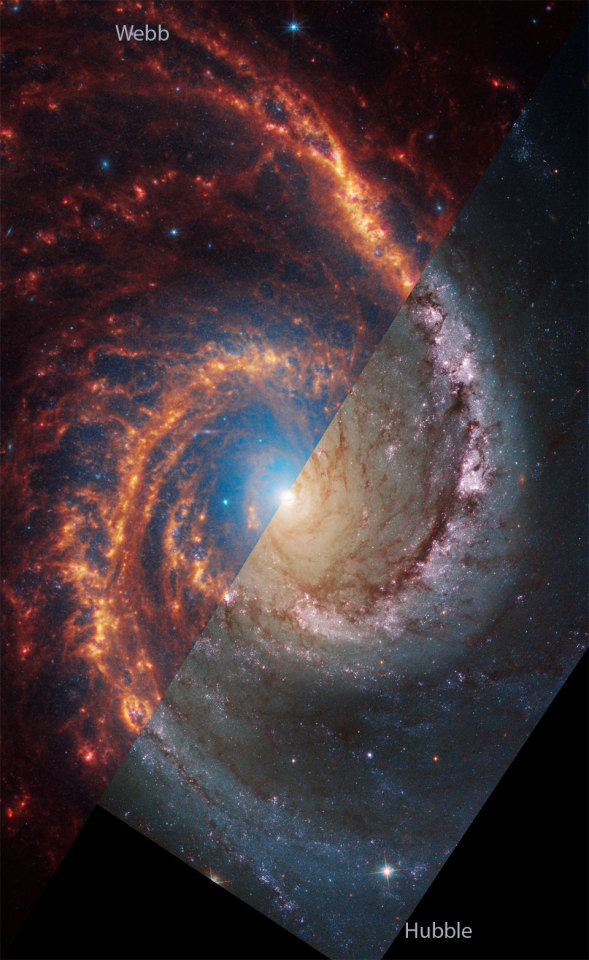
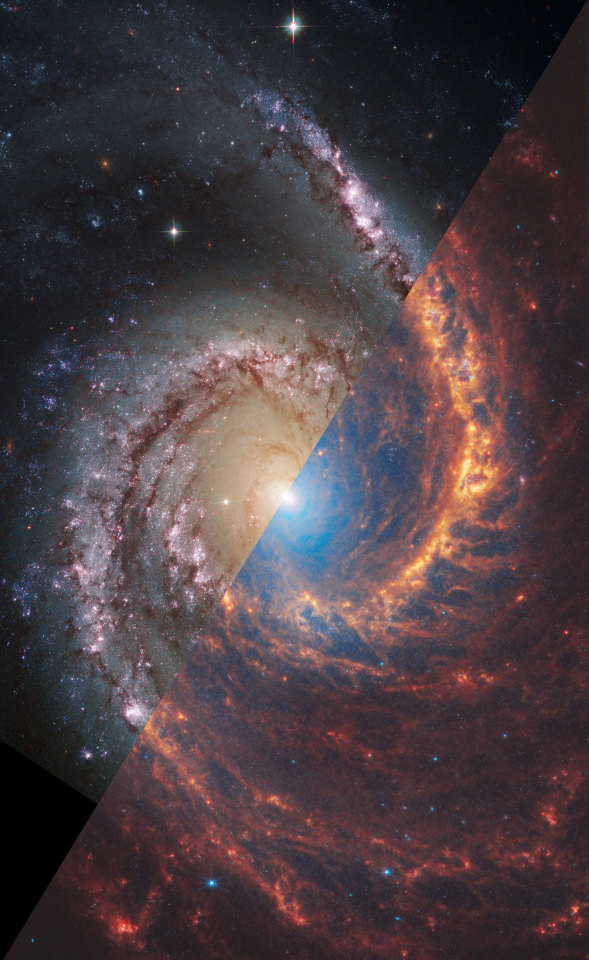


Spiral Galaxies from Webb & Hubble: NGC 1566 4303 3351

Neptune's rings & moon Triton © Voyager 2
Don't talk to me right now I'm thinking of the new Jupiter photos and Vincent Van Gogh:








Voyager 2: Rings of Neptune (August 1989)


Galaxy Collisions Arp 140,143 © Hubble
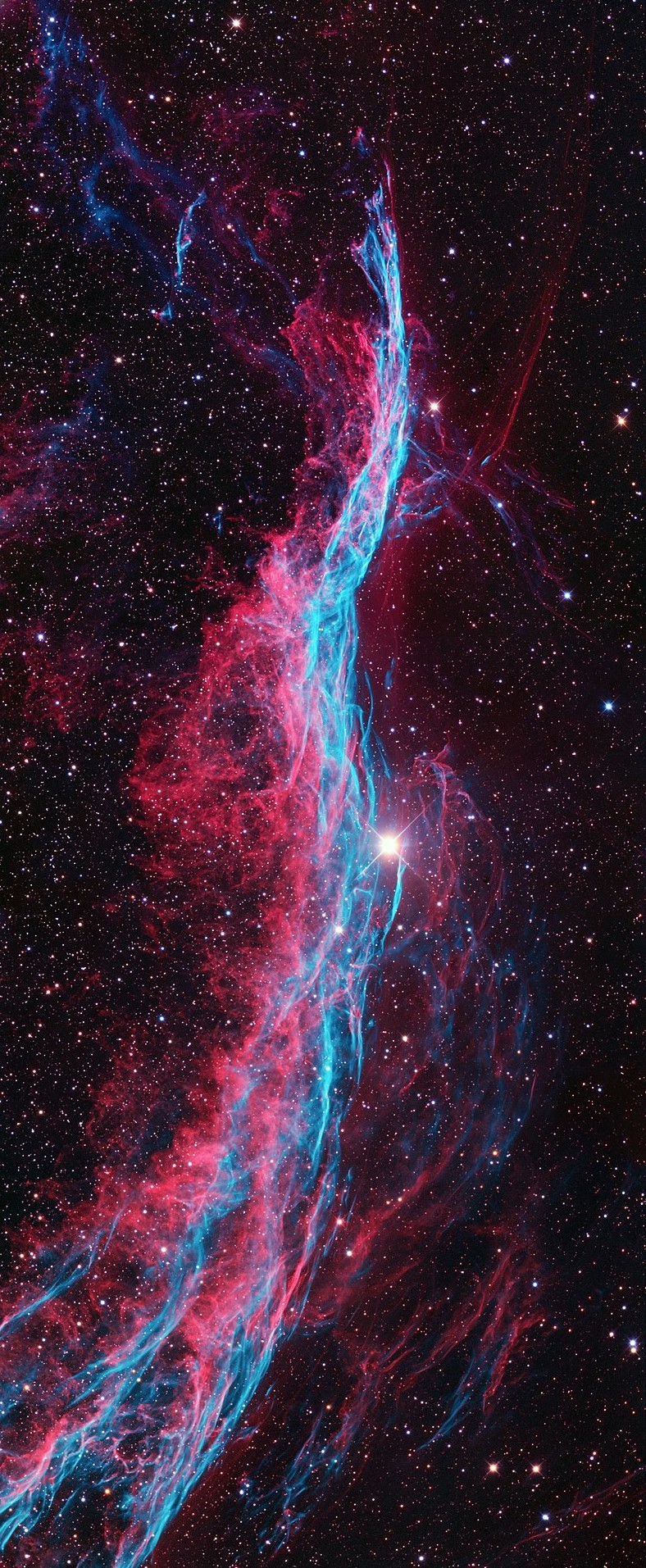
The Veil Nebula

Eruption of Tvashtar volcano on Jupiter's moon Io (March 1, 2007)



Jupiter
Make way for the king of the solar system! 👑
New Webb images of Jupiter highlight the planet’s features, including its turbulent Great Red Spot (shown in white here), in amazing detail. These images were processed by citizen scientist Judy Schmid.


Comet Leonard

Saturn. American Tract Society Almanac. 1860.
Internet Archive

Bioluminescence and Milky Way

The original Voyager 1 "Blue Movie" which records its approach during a period of over 60 Jupiter days (January 6 - February 3, 1979)






The Moon
The most ridiculously detailed" image of Earth’s lunar neighbor was a two-year project captured by two astrophotographers.
The 174-megapixel image, which shows the moon’s colors, craters and glowing aura in stunning detail, was first revealed on Reddit on Saturday. Through Reddit and Instagram, Andrew McCarthy, known for his breathtaking astrophotography skills, teamed up with planetary scientist and fellow photographer Connor Matherne, who has been acclaimed for his striking and vibrant photos of galaxies and nebulae.
The two previously worked together to create an incredible glowing and detailed image of the moon.
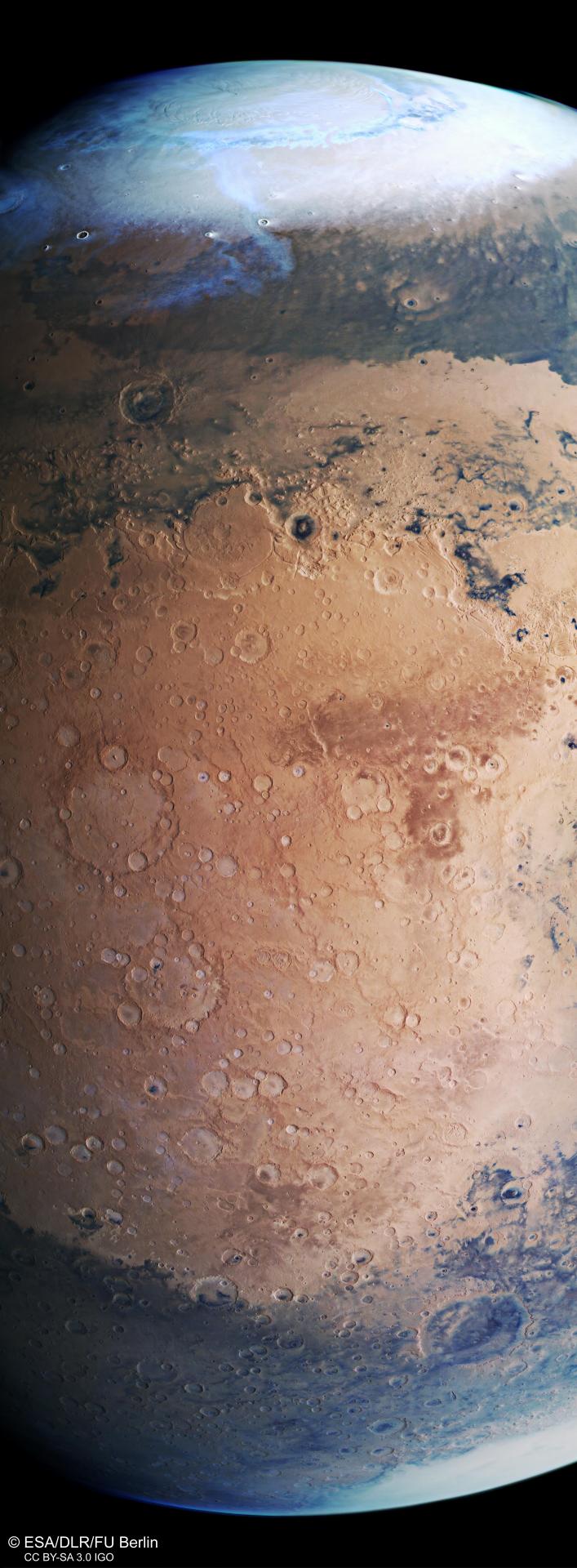
Mars, as seen by ESA's Mars Express satellite

The night side of Saturn's largest moon, Titan. Sunlight scatters through Titan's atmosphere, forming purple and gray rings l NASA Cassini


Shadows of Saturn









solar system by NASA

Glorious Neptune, observed by Voyager 2 on August 24, 1989.
(NASA/Kevin Gill)

Today’s “Ring of Fire” eclipse. from, Bryce Canyon National Park.
Credits: NPS Photo/Peter Densmore.

The red planet. Presidential design awards 2000.
Internet Archive

WR 25 & Tr16-244 in Carina Nebula © Hubble

Into the Cosmic Heart, IC 1850 © Aleix Roig
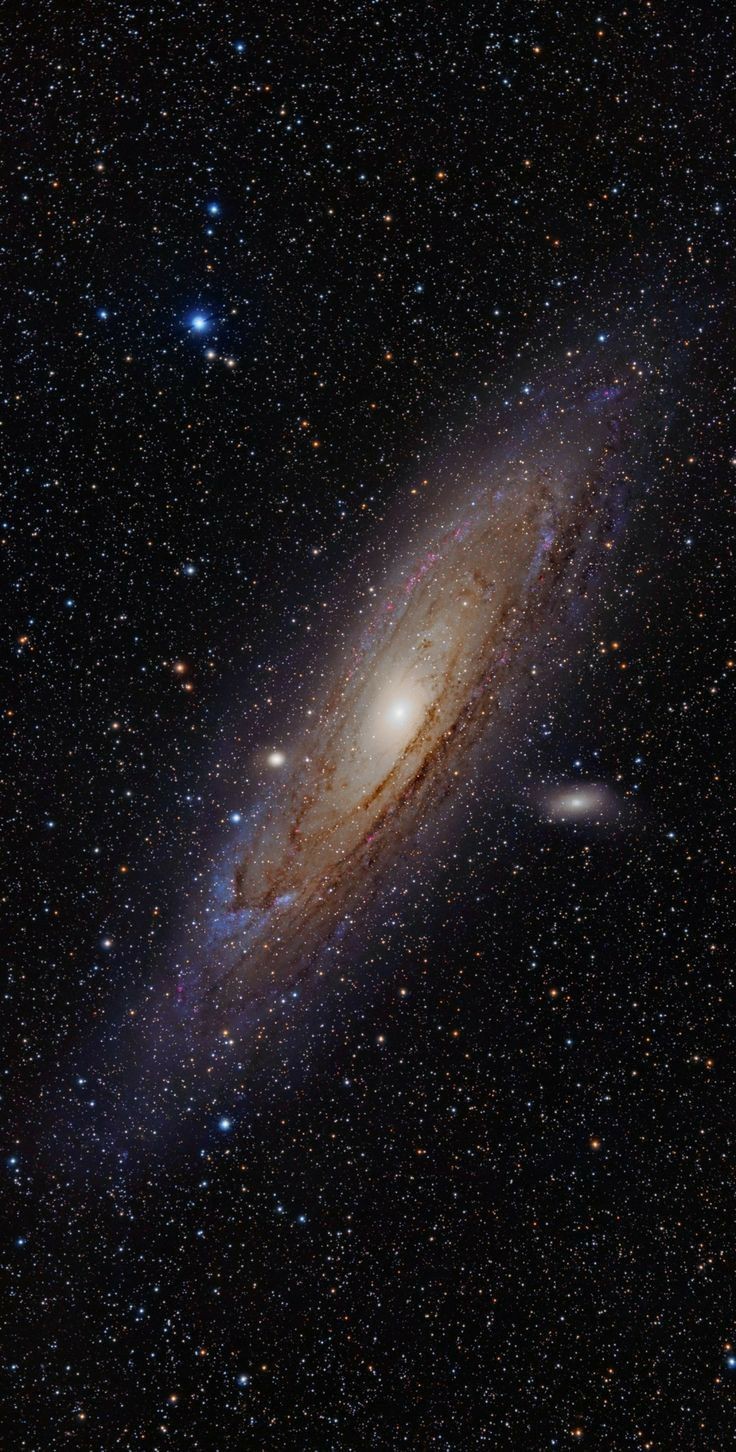
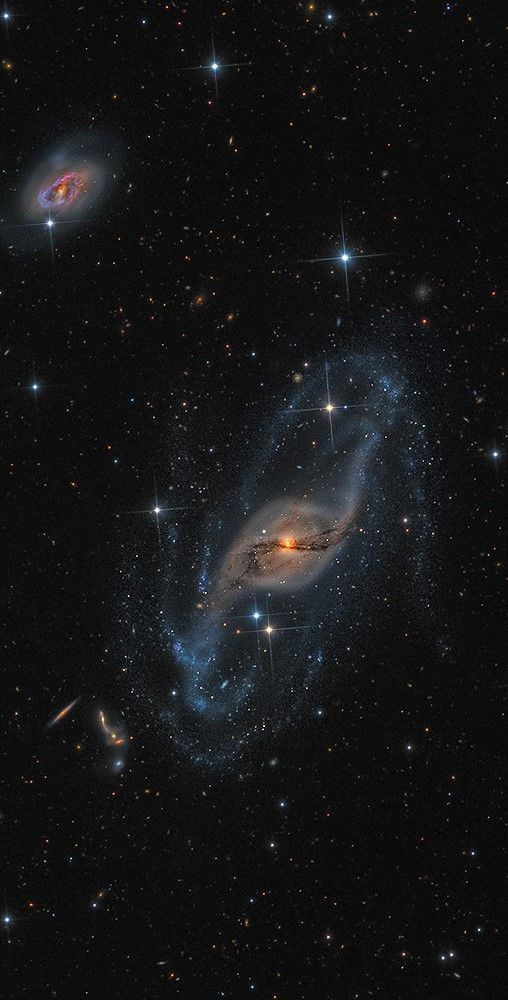

Earth, which is about 898 million miles (1.44 billion kilometers) away in this image, captured by NASA's Cassini spacecraft 🚀

Saturn and its amazing rings, observed by the Cassini probe on this day in 2004.